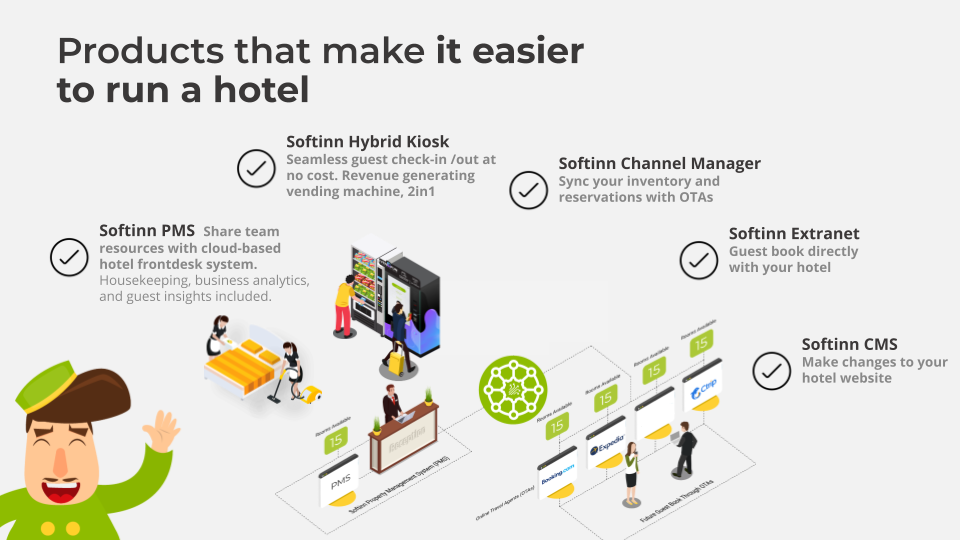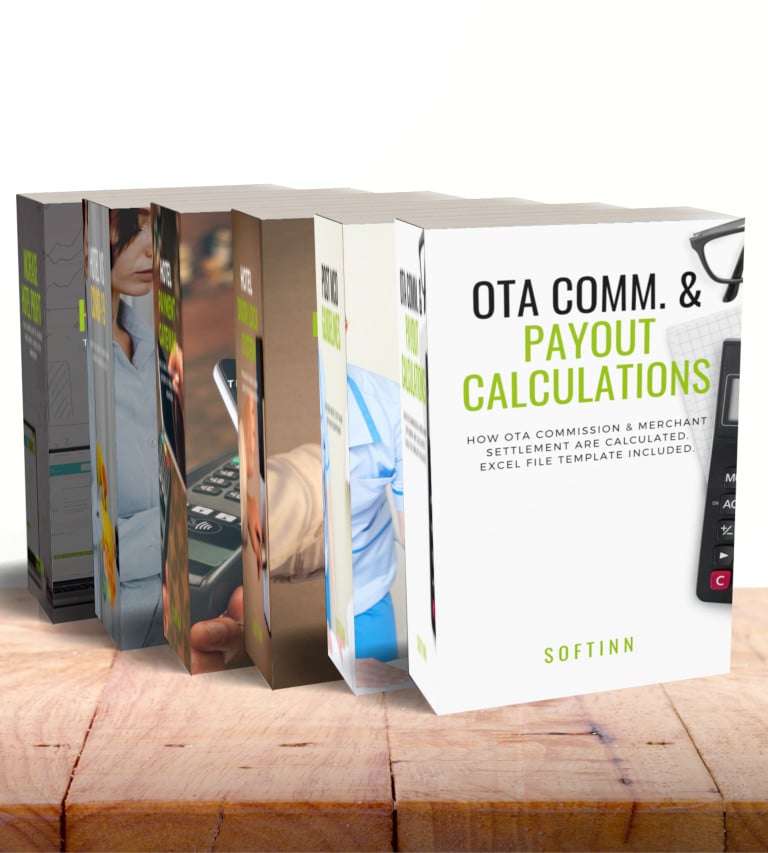When it comes to hotel performance in Malaysia, it is crucial to consider the impact of the country's tropical climate. Malaysia experiences hot and humid weather year-round, and this plays a significant role in shaping the travel seasons. In this blog, we will explore the nuances of hotel performance across different seasons in Malaysia, offering insights on how hoteliers can leverage seasonal trends to their advantage.
The Role of Weather, School Holidays and Festivals in Travel Seasons
Malaysia's travel patterns are shaped by a combination of weather, school holidays, and festive seasons, each playing a crucial role in determining peak and low travel periods for the hotel industry.
- Northeast Monsoon (November to March): Known as the wet season, this period often brings heavy rainfall and floods, particularly to the East Coast. Despite the challenging weather, it coincides with the year-end school holidays and major festivals like Christmas and Chinese New Year, making it a peak travel season as families and travellers take advantage of the long break.
- Southwest Monsoon (May to September): Characterized by dry weather, this season affects the West Coast of Malaysia. The mid-year school holidays during this period, along with festivals such as Hari Raya Puasa, drive a significant increase in travel, contributing to another peak season for the hospitality sector.
- Inter-Monsoon (March to May, October to November): These periods are marked by light winds and thunderstorms, occurring twice a year. While generally quieter in terms of weather, the occasional school breaks and smaller festive events during these months can still stimulate travel activity, though to a lesser extent compared to the major monsoon seasons.
Overall, in Malaysia, the peak travel seasons typically occur from December to February and June to August. These months are marked by dry, sunny weather, long school holidays, and vibrant festivals that draw both domestic and regional travellers. On the other hand, the low season spans from March to May and September to November. During these months, frequent rains and a lack of major events result in fewer travel plans.
Understanding these patterns allows hoteliers to anticipate demand and adjust their strategies accordingly, ensuring higher occupancy rates during peak seasons and devising innovative approaches to attract guests during off-peak periods.
Hotel Performance Trends
To illustrate, let’s look at the booking trends from 2019.
-2.png?width=1640&height=924&name=Blog%20Images%20(1)-2.png)
The data shows that the highest number of guests checked in from December to March. The number of bookings in January was not equally high because the Chinese New Year holiday started only in February and most people just came back from a long holiday in December. This shows that festivals have a positive impact on the booking performance during the festive season. This applied the same to the performance from June to August.
Conversely, notice that hotels are not very well performing in May and October. Hoteliers need to understand that the travelling seasons might vary depending on the location (East or West Malaysia).
One of the important aspects of hotel management is to understand the performance of the hotel in different time periods or seasons. This helps hoteliers to identify the patterns of demand and supply, as well as the opportunities and challenges for revenue management. Based on the graph above, we can see that hotel performance in Malaysia is influenced by time or travelling season. Therefore, it is important for hotel managers to adopt appropriate strategies to boost hotel revenue during the low season and drive revenue during the peak season.
Regional Differences in Hotel Performance
It’s important to note that different regions in Malaysia may experience varying travel patterns. For instance, tourist-heavy areas like Penang or Langkawi might continue to see steady bookings even during off-peak periods, thanks to international tourists. In contrast, hotels in less-visited regions might struggle more during the low season.
Tailoring strategies to the specific needs of each region is essential. For example, hotels on the East Coast may need to prepare for monsoon-related cancellations, while those on the West Coast could focus on capitalizing on the drier Southwest Monsoon season.
Strategies for Low Season
Low seasons present unique challenges but also opportunities for creative marketing and promotional strategies. To combat the challenges of the low season, hoteliers can adopt the following strategies:
- Offer Discounts and Promotions: Attract price-sensitive customers by providing special deals to stimulate demand.
- Creative Marketing Campaigns: Capture guest attention with marketing themes that incorporate current trends or issues.
- Target New Audiences: Shift focus to business travellers or other niche markets when family travel is less prevalent.
- Accept Hourly or Day-Use Bookings: Cater to guests who need short stays for meetings, work, or rest
Strategies for Peak Season
During the peak season, hoteliers can boost their revenue with these approaches:
- Adjust Room Rates: Capitalize on high demand by increasing room prices during popular holidays and festivals.
- Upsell Additional Services: Promote packages that include food, beverages, spa treatments, and other amenities.
- Effective Inventory Management: Use a Channel Manager to avoid overbooking and optimize occupancy across Online Travel Agencies.
My Thoughts
As the hospitality industry in Malaysia continues to evolve, hoteliers must remain adaptable and innovative. Understanding seasonal trends and implementing effective pricing strategies are key to optimizing occupancy and ensuring long-term success.
No matter the season, hoteliers can enhance the guest experience with thoughtful touches. During the rainy season, offer complimentary activities like indoor games or movie nights to keep guests entertained. For festivals, create themed events or special menus to give guests a memorable experience that resonates with the local culture.











COMMENTS